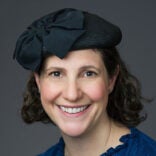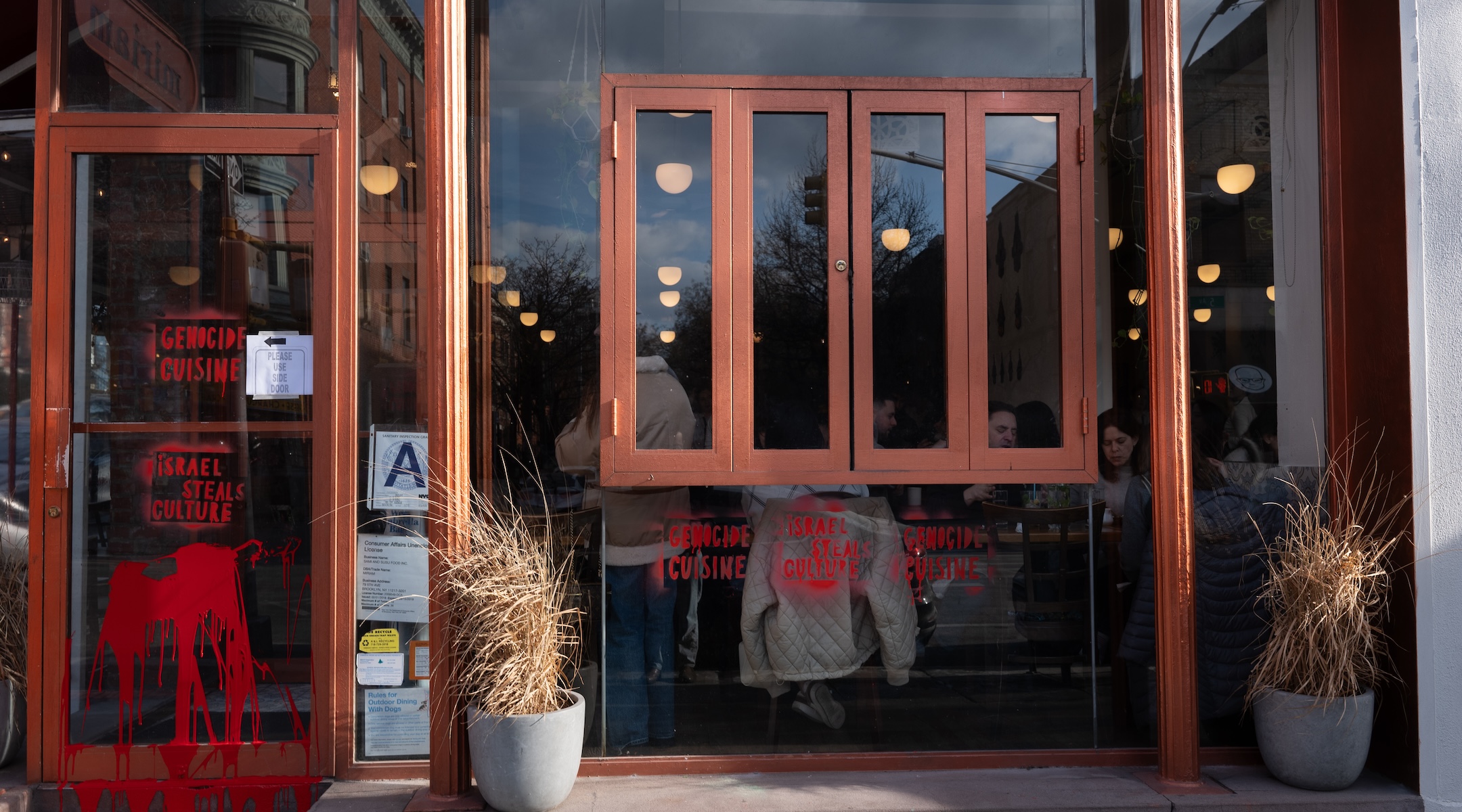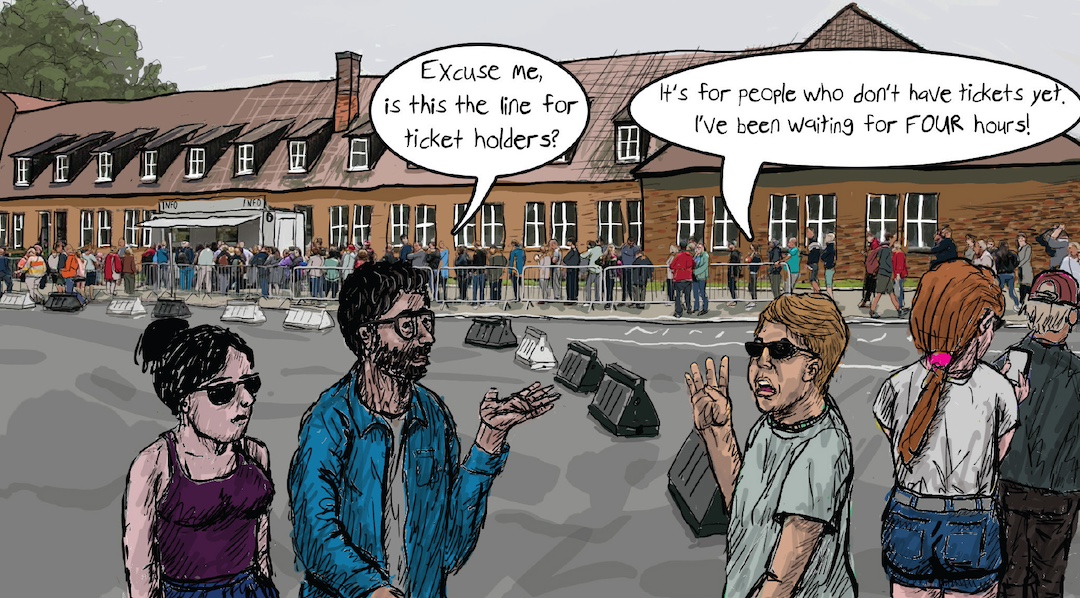This weekend, Rabbanit Leah Sarna will be installed as the first senior rabbinic leader of her Orthodox synagogue.
The communal event is a cause for celebration by Rabbanit Sarna’s local Philadelphia-area community, Kehillat Sha’arei Orah. But for Orthodox women everywhere, this installation is extraordinary.
In 2009, the trajectory for Orthodox women to become senior rabbinic leaders in synagogues seemed straightforward and inevitable. Step one: Open up a yeshiva, Yeshivat Maharat, to ordain Orthodox women. Step two: Give them rigorous training to be impactful leaders for the Jewish community. Step three: Ordain them and place them in positions in Orthodox synagogues, schools and communal organizations, and in hospitals as chaplains. Done.
I naively assumed that the next step along this trajectory would be growth in their jobs. We had, after all, already cracked a particularly tough glass ceiling. Women were in! They served in assistant rabbinic positions in Orthodox synagogues around the country. I figured they would then follow a straight line, seamlessly getting promoted to senior-level positions in their organizations. But the gender gap prevailed, and talented leaders in the Jewish community found their growth was stunted.
A decade into Maharat’s existence, our graduates bumped up against the highest and hardest glass ceiling as they sought senior roles. They were told that there was no additional money to be allocated for increased responsibilities, or that their role was always intended to be junior. Some graduates were burned out — the rigorous and constant demands of rabbinic life impeded their ability to achieve more integrated balance in their lives. They all wanted to keep teaching Torah and serving the Jewish people. But none of them were given the authority or respect to keep leading. The old trope, “the community is not yet ready,” was once again bandied about.
The truth is, I shouldn’t have been naive. Our forebears from other denominations experienced similar challenges.
The journey of Orthodox female rabbis bears striking similarities to the trajectory of the first female rabbis in the Reform movement. While liberal denominations have since made significant strides in women’s representation in rabbinic roles, challenges persist across all streams of Judaism. Looking to other movements, we can better understand the obstacles faced by Orthodox women and the progress that remains to be made.
When Sally Priesand became the first woman ordained as a rabbi in America in 1972, she entered a world unprepared to fully accept her. Of her 36 fellow Reform graduates, Rabbi Priesand was the last to find a job. She became the assistant rabbi at the Stephen Wise Free Synagogue, a large synagogue in Manhattan, and stayed for seven years. When the senior rabbi role opened, Priesand was not offered the role.
In a 2022 interview, she explained that “neither the Stephen Wise Free Synagogue, nor any other synagogue, would accept a woman as the senior rabbi at that time. And I’m telling you the story, because for two years, I was not able to find a job, and I served as a chaplain at Lenox Hill Hospital, and I accepted a part-time position at a synagogue in Elizabeth, New Jersey — a synagogue of older members who were always very warm and welcoming.”
She continued, “At that time, that was the only time that I almost decided to leave the rabbinate. I was very frustrated, and I was very unhappy. I didn’t feel that our movement did anything at all to prepare people for women as their spiritual leaders.”
Decades later, women rabbis in the Reform movement continue to face barriers to senior leadership. In 2018, women made up approximately 34% of the Reform rabbinate, yet men outnumbered women four to one among senior or solo rabbis in Reform congregations. Women are also more likely to serve as associate or assistant rabbis, roles that often carry less prestige, decision-making authority and compensation. Furthermore, as of 2017, women in senior or solo roles at larger Reform congregations earned approximately 85% of what their male counterparts made, according to the Forward, highlighting ongoing gender-based wage gaps.
The Conservative movement, which began ordaining women with Rabbi Amy Eilberg in 1985, has experienced similar patterns. By 2010, women comprised about 17% of the movement’s Rabbinical Assembly membership, and as of 2020, women represented 24% of Conservative rabbis actively serving in North America. Despite these gains, the Forward reported that women in the Conservative movement remain underrepresented in senior leadership positions, with limited access to the most prominent and influential pulpits.
In both the Reform and Conservative movements, women are overrepresented in assistant roles and underrepresented in senior ones. This dynamic often reflects broader societal biases, including the perception that women are better suited to support roles rather than positions of ultimate authority.
Despite these obstacles, progress has been made in liberal movements. Likewise, the progress made by women in the Orthodox community is significant. Twelve Orthodox women who have graduated from Yeshivat Maharat now serve in senior roles, which marks an important milestone and provides hope for the future.
Six of Maharat’s alumnae have founded their own communities, in Philadelphia, Brooklyn, Haifa, Tel Aviv, London and Paris. Others were hired to lead or co-lead congregations across the United States. In addition, two more Orthodox women, an American in Riverdale, New York, and an Israeli in Efrat, are senior leaders of their own Orthodox shuls.
These leaders are breaking new ground, creating models for the next generation, and demonstrating that Orthodox women such as Rabbanit Sarna, also a Maharat alumna, excel as rabbinic leaders. By continuing to address systemic barriers and support the advancement of women rabbis, the Orthodox community can build on this progress and foster greater gender equality in religious leadership.
Keep Jewish Stories in Focus.
JTA has documented Jewish history in real-time for over a century. Keep our journalism strong by joining us in supporting independent, award-winning reporting.

is the co-founder and president of Yeshivat Maharat, and serves on the rabbinic staff at The Bayit – The Hebrew Institute of Riverdale.
The views and opinions expressed in this article are those of the author and do not necessarily reflect the views of JTA or its parent company, 70 Faces Media.









 English (US) ·
English (US) ·